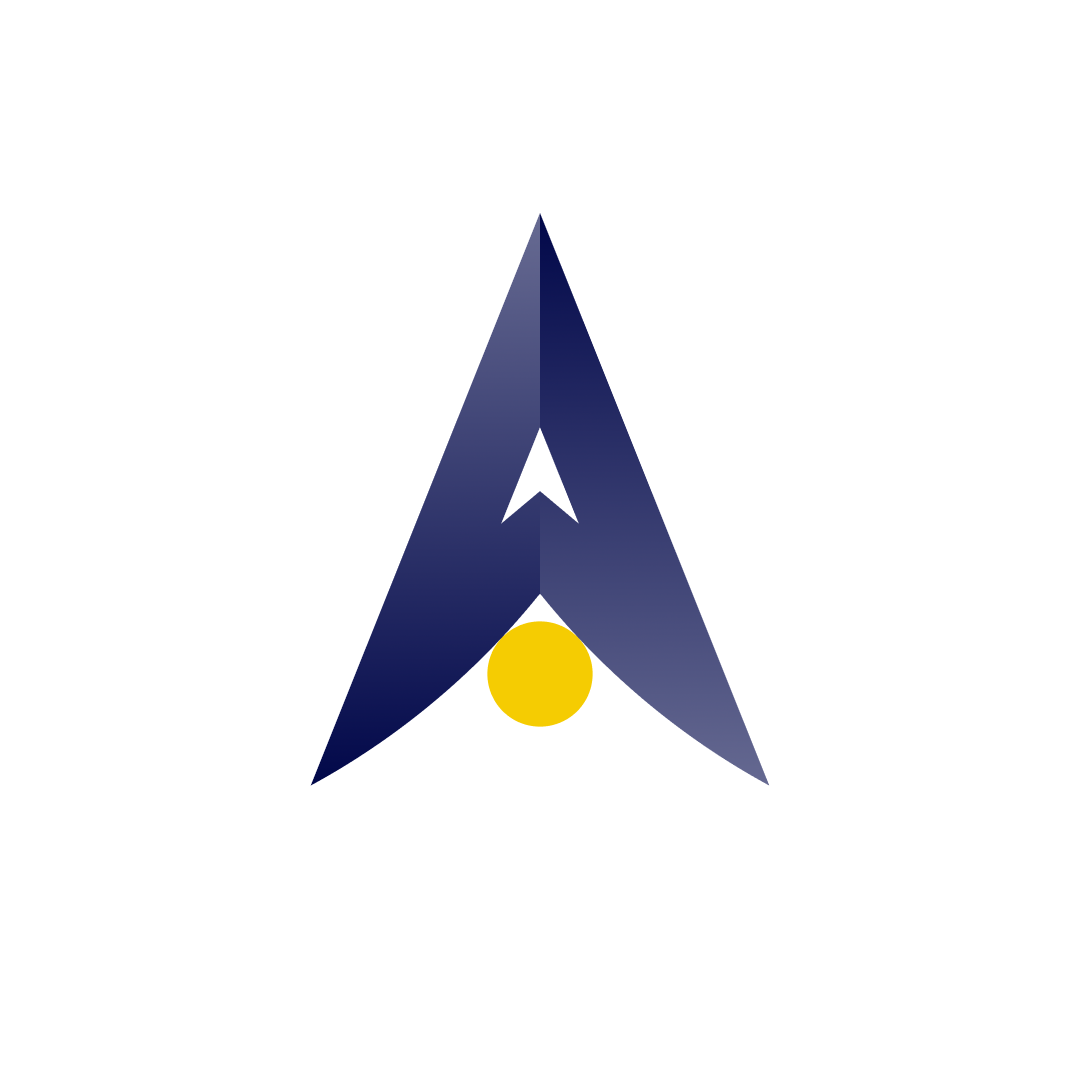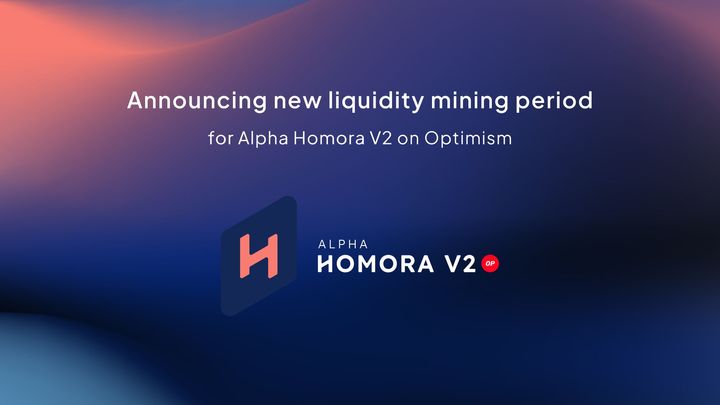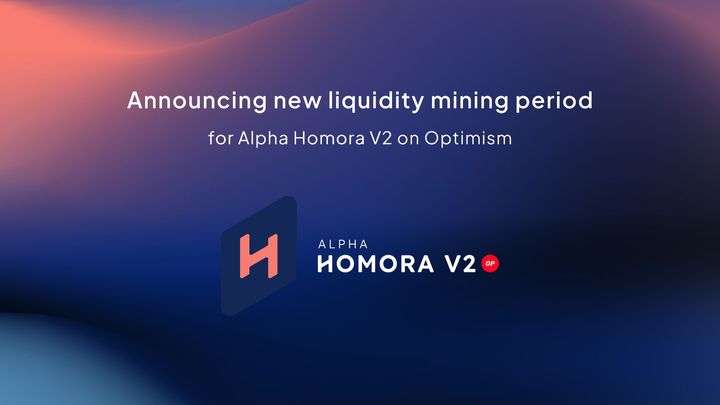Leverage Yield Farming on Curve 3pool - Managing Risks

Despite market volatility, Alpha Homora V2 users can still earn high yields and low risk with leverage yield farming of Curve 3pool. The Curve 3pool can offer high returns with minimal risk since the underlying assets are 3 different stable coins as compared to having a pair of volatile assets. Therefore, regardless of market conditions farmers can still receive high APYs with managed risks.
Though Curve 3pool enjoys limited risks, it is still crucial for users to understand how the risks come about, which we’ll dive into in more detail below.
Additionally, by taking advantage of the current features that are already built, such as the ‘Basic Farming mode’ and liquidation notifications by EPNS (Ethereum Push Notifications Service), users will be able to better manage their risks whilst leverage yield farming.
Let us take a look at the details of Curve 3pool below.
Curve 3pool
The most popular pool with the highest TVL on Alpha Homora V2 is Curve 3pool (DAI/USDC/USDT pool), standing at $154M at the time of writing.
Why is Curve 3pool popular?
Simply due to low risk investment. Several factors include:
- The underlying tokens are the 3 widely-used stablecoins: DAI, USDC, USDT. The risk of a"de-pegging" event is very low.
- Low slippage swapping.
- Yield farmers get CRV rewards.
- High leverage (currently up to ~7x), since the underlying assets are stable.
However, low risk isn't the same as no risk. Although the risk of de-pegging is low, stablecoin prices can still fluctuate and can lead to positions being at liquidation risk.
To understand liquidation risk for Curve 3pool, users should first understand how debt ratio is calculated.
Debt Ratio Calculation for Curve 3pool
Debt ratio is calculated from: collateral credit & borrow credit.
Alpha Homora v2 uses the concept of collateral credit and borrowing credit to determine how much leverage a user can get given which asset(s) is supplied and which asset(s) is borrowed to yield farm.
A collateral credit determines how much credit is gained from collateralizing an asset.
A borrowing credit determines how much credit is consumed from borrowing an asset.
Curve 3pool collateral credit – Calculated using the lowest asset price among DAI/USDC/USDT. The implementation uses Curve's virtual_price to prevent price manipulation.
Curve 3pool borrow credit – Calculated from the sum of each underlying asset's borrow credit.
This means the debt ratio (borrow credit / collateral credit) may increase in several scenarios (or a combination of them):
- Borrowed token price increases
- Non-borrowed token price decreases
- Accrued borrowing interest (increasing the borrow value)
Example Scenario 1: Borrowed token price increases
Setting: A user supplies 1,000 DAI & borrows 6,000 USDT (7x leverage) to yield farm in AHv2. Current debt ratio: 97%. (assume)
Price change: USDT price increases 4% (from $1.00 to $1.04), while other token prices remain at $1.
Result: Collateral credit remains the same, while borrow credit increases by 4%. The position's ratio becomes 100.88% (over 100%) and the position becomes liquidatable.
Example Scenario 2: Non-borrowed token price decreases
Setting: A user supplies 3,000 DAI & borrows 18,000 USDT (7x leverage) to yield farm on AHv2.In-position assets become: 7,000 DAI + 7,000 USDC + 7,000 USDTCurrent debt ratio: 96% (assume)
Price change: USDC price suddenly drops 4% (from $1.00 to $0.96), while the other token prices remain at $1.
Result: Borrow credit remains the same, while collateral credit decreases by 4%. The position's debt ratio becomes 100%, and the position becomes liquidatable.
Example Scenario 3: Accrued Borrowing Interest
Setting: A user supplies 3,000 DAI & borrows 18,000 USDT (7x leverage) to yield farm on
AHv2.USDT borrow rate: 20% APY Current debt ratio: 95% (assume)Interest accrued: 4 month passed, and USDT borrow interest accrues ~6.67%.
Result: Borrow credit increases 6.67%. The position's debt ratio becomes 101.33%, and the position becomes liquidatable.
For more details, this spreadsheet presents how much your debt ratio can change in Curve 3pool and Uniswap pool.
Farming Safely on Curve 3pool
Now that you have understood that leverage yield farming on Curve 3pool is less risky than others and in what scenarios will these risks occur, users can also use the ‘Basic Farming mode’ on Alpha Homora V2 to safely proportion the amount and type of assets borrowed to minimize price impact from swapping on AMMs.
Since the underlying assets of the Curve 3pool being 3 stablecoins, the risks that users bear are definitely a lot less as compared to other pools that consist of 2 volatile assets. Still, users can further prevent a liquidation event for themselves by using the EPNS liquidation notifications. With that, users will be notified when their farming positions are in liquidation risk, removing the need for constant checking and allowing them to refill their positions before liquidation.
Closing Thoughts
By providing detailed information about risks even for the least risky pool (Curve 3pool) on Alpha Homora V2, we continue to prioritize user experience and education for our users.
The ‘Basic Farming mode’ and EPNS notifications that have been added further allow users to better equip themselves when managing these risks. With these features, users are better positioned to safely earn high APYs through leverage yield farming on Alpha Homora V2.
About Alpha Finance Lab
Alpha Finance Lab is a DeFi Lab, and on a mission to build Alpha Universe. Alpha Universe includes the Alpha ecosystem, which consists of Alpha products that interoperate to maximize returns while minimizing risks for users, and other ecosystems incubated through the Alpha Launchpad incubator program.
Alpha Homora is Alpha Finance Lab’s first product and DeFi’s first leveraged yield farming product that also captures the market gap in lending, one of the key pillars of the financial system.
Join our Telegram/Discord for the latest updates, follow us on Twitter, or read more about us on our Blog and Document!



